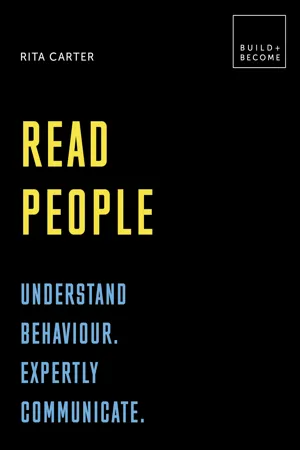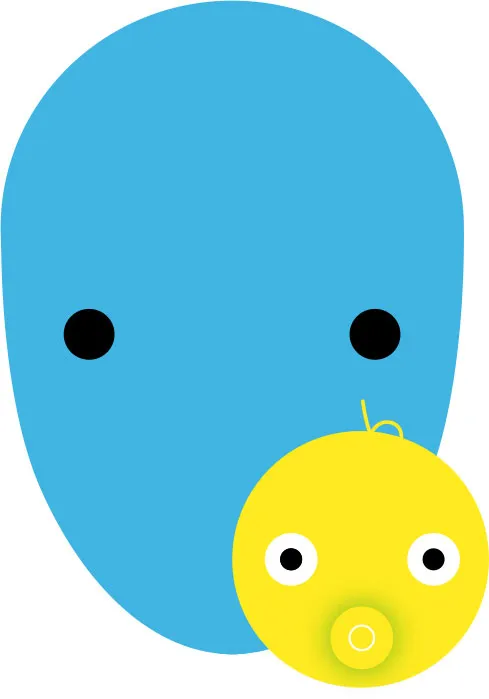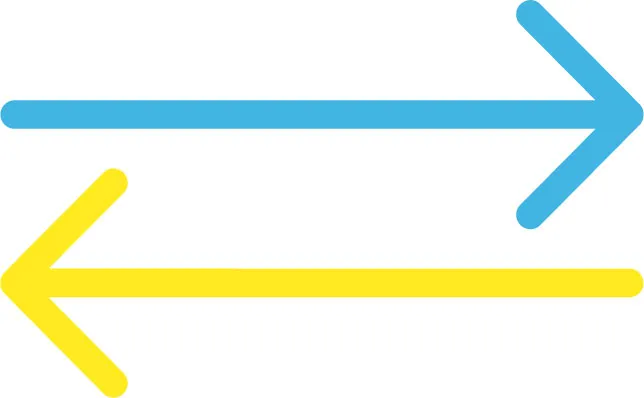COMMUNICATION AND INFLUENCE
LESSONS
13 CONVERSATION FLOW
Reading between the lines of social interactions.
14 INSTINCT V INFLUENCE
The ancient art of persuading people to do what you would like.
15 CONFIDENCE
The advantages and down-sides of being sure of yourself.
16 MOVERS AND SHAKERS
The people who drive social movements.
Mismatched acquaintances can walk away from each other when they don’t get on, but when partners, co-workers or friends create a toxic form of interaction it can blight their lives.
Until now we have looked at people as individuals, considering how to read them in one-to-one situations. This chapter steps away to regard people in much the same way as an anthropologist might report on a newly discovered species.
Human beings excel in two areas: communication and imagination. Our unique ability to pass on knowledge through language, combined with the imagination to produce, between us, an infinite stream of new cultural ideas and artifacts makes us peculiarly diverse and unpredictable. Habits, customs, norms and values can spread via modern media at the speed of light and be adopted by millions of people overnight. The rich coating of culture we wear easily dizzies anyone trying to discern some essential human qualities beneath it.
However, when we strip away the surface behaviours, there are certain characteristics common to all human societies at all times. The most fundamental of these is our need to get together with others of our kind. To try to read people without considering their groups would be like trying to understand a bee without reference to the hive. This chapter examines the four main strata of human grouping: human society as a whole, the family, the group and crowds.
CONVERSATION FLOW
In 1965, when the Beatles were at their peak, they engineered a meeting with their idol Elvis Presley. The conversation did not flow and Elvis said, ‘If you guys are just going to sit around looking at me, I’m going to bed’. The occasion was saved when the five got into a brief jam session. Later, though, John Lennon, disappointed by his hero, remarked, ‘It was like meeting Engelbert Humperdinck’.
You’ve probably witnessed encounters like this, though probably not between superstars. You may even have organized one yourself – expecting friends to get on like a house on fire, only to find the meeting sputters out like a damp squib. Knowing people’s individual personalities does not mean you can predict what happens when they meet, because their interaction is an entirely new creation.
Mismatched acquaintances can walk away from each other when they don’t get on, but when partners, co-workers or friends create a toxic form of interaction it can blight their lives. Either the relationship fails and the people spring apart or they continue to be locked into a dysfunctional relationship. Sometimes the problem is a clash of personalities, ambitions or values, or the problem is a result of miscommunication and can be solved by analyzing how people speak to one another and making small changes in the way they respond.
This was the insight of psychologist Eric Berne who, in the 1950s, devised one of the most influential theories of social interaction – Transactional Analysis (TA). It is based on the recognition that most people develop an adult self, but within them lurks a bit of the parent, and a bit of the child.
01. The adult deals with the reality of the here and now (it is the only ego state that is not connected to the past).
02. The parent thinks, feels and behaves as the person’s parents or caregivers did in their childhood. A parent may be critical or nurturing.
03. The child plays back thoughts, feelings and behaviours that were experienced in childhood. They can be either Free or Adaptive.
All three ‘selfs’ are fine and can interact happily with others providing the person they are with responds in a complementary way. If the adult part of a person tries to communicate with the adult part of another person but gets a response from the parent part, or a child appeals to the parent and the adult ‘self’ responds, social interaction can quickly go very wrong.
Berne saw that basic social transactions – a single two-way exchange between individuals – come in two versions:
01. A complementary transaction is one in which person A says something from one ego state that invites person B to enter a complementary ego state. For example, if person A says, ‘You look tired, I think you should go to bed’, the st...







